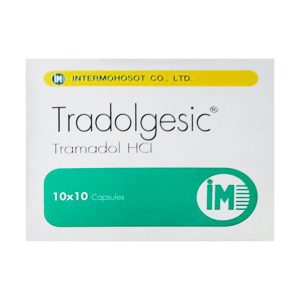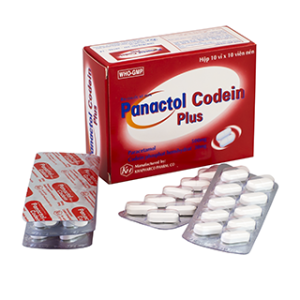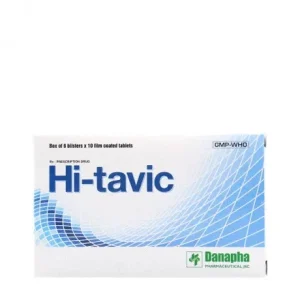We deliver to you every day from 7:00 to 23:00
The best discounts this week
Every week you can find the best discounts here.
Joint Pain Pills: Effective Solutions for Managing Discomfort
Joint pain can be a debilitating condition that affects people of all ages. Whether due to arthritis, injury, or everyday wear and tear, it can significantly impact your quality of life. One of the most common ways to manage joint pain is through the use of joint pain pills. These medications are designed to provide relief and help restore mobility, making it easier to carry out daily activities. In this article, we will explore the different types of joint pain pills, their effectiveness, and how they work.

What Are Joint Pain Pills?
Joint pain pills are medications formulated to alleviate pain and inflammation in the joints. They come in different forms, including over-the-counter (OTC) and prescription medications. These pills are commonly used for managing conditions like osteoarthritis, rheumatoid arthritis, and other joint-related ailments. They work by targeting the root causes of pain, such as inflammation or cartilage damage.
Types of Joint Pain Pills
There are several types of joint pain pills available, and the right one for you depends on your specific condition and pain level.
1. NSAIDs (Nonsteroidal Anti-inflammatory Drugs)
NSAIDs are the most commonly used pills for joint pain relief. These include ibuprofen, naproxen, and aspirin. NSAIDs work by reducing inflammation, which is often a major cause of pain in joints. They can provide relief for both acute injuries and chronic conditions like arthritis.
2. Acetaminophen
Unlike NSAIDs, acetaminophen (Tylenol) does not reduce inflammation but instead targets pain. It is often recommended for people who cannot tolerate the stomach side effects of NSAIDs or have conditions where inflammation is not the primary issue.
3. Corticosteroids
For more severe joint pain, doctors may prescribe corticosteroids like prednisone. These are strong anti-inflammatory medications that work by suppressing the immune response, which can be beneficial in conditions like rheumatoid arthritis. However, they are typically used for short-term relief due to potential side effects with long-term use.
4. Disease-Modifying Antirheumatic Drugs (DMARDs)
DMARDs are often used for rheumatoid arthritis and other inflammatory joint diseases. These pills do more than just relieve pain; they also slow the progression of joint damage. Methotrexate is a commonly prescribed DMARD.
5. Natural Supplements
For those seeking more natural alternatives, glucosamine and chondroitin are popular supplements used for joint health. These natural products are believed to help rebuild cartilage and reduce joint inflammation, providing long-term relief for chronic conditions like osteoarthritis.
How Do Joint Pain Pills Work?
The primary purpose of joint pain pills is to reduce inflammation, alleviate pain, and improve mobility. Some pills, like NSAIDs and corticosteroids, directly target inflammation in the joints. Others, like acetaminophen, work by affecting the pain pathways in the brain.
The effectiveness of these pills varies depending on the type of pain, the underlying condition, and individual factors such as age and overall health. In some cases, joint pain pills are used in conjunction with physical therapy, exercise, and lifestyle changes for the most comprehensive treatment.
When to Use Joint Pain Pills?
Joint pain pills are typically used when other forms of relief, such as rest or hot/cold therapy, are not effective. They can be especially helpful when you are experiencing flare-ups or when the pain is interfering with your ability to perform daily tasks.
It’s important to consult with a healthcare provider before starting any medication, as they can help determine the best treatment plan based on your specific needs. Overusing joint pain pills can lead to side effects, so always follow the prescribed dosage and recommendations from your doctor.

Potential Side Effects of Joint Pain Pills
While joint pain pills can provide relief, they are not without potential side effects. The type of side effects depends on the medication used:
-
NSAIDs can cause stomach irritation, ulcers, or gastrointestinal bleeding if used long-term.
-
Acetaminophen is generally safe but can lead to liver damage if taken in excessive amounts.
-
Corticosteroids may cause weight gain, increased blood pressure, and a weakened immune system.
-
Natural supplements like glucosamine and chondroitin may interact with certain medications or cause digestive issues.
It’s important to monitor your health and consult your doctor if you experience any adverse reactions while taking joint pain pills.
Alternative Treatments for Joint Pain
While joint pain pills are effective, they should not be relied upon as the sole treatment for chronic conditions. In many cases, a combination of medications and lifestyle changes can provide the best results.
Physical Therapy
Physical therapy can help strengthen the muscles around the affected joints, improving flexibility and reducing pain. A trained therapist can guide you through exercises specifically designed to relieve joint pain.
Heat and Cold Therapy
Using heat or cold on the affected joint can help alleviate pain and inflammation. Heat helps relax tight muscles and improve blood flow, while cold therapy can reduce swelling and numb pain.
Joint Injections
For severe joint pain, your doctor may recommend corticosteroid injections directly into the joint. These injections provide more immediate and targeted relief than oral medications.
FAQs about Joint Pain Pills
1. Can joint pain pills help with arthritis?
Yes, joint pain pills, especially NSAIDs and acetaminophen, are commonly used to manage pain associated with arthritis. They help reduce inflammation and improve joint function.
2. Are there any natural alternatives to joint pain pills?
Yes, glucosamine, chondroitin, and turmeric are natural alternatives that can help reduce joint pain and inflammation. These supplements can be taken alongside traditional medications for enhanced relief.
3. How long does it take for joint pain pills to work?
The time it takes for joint pain pills to work varies depending on the medication. NSAIDs may provide relief within a few hours, while natural supplements may take weeks to show noticeable effects.
4. Are joint pain pills safe to take long-term?
While many joint pain pills are safe when taken as directed, long-term use of medications like NSAIDs and corticosteroids can lead to side effects. It’s important to follow your doctor’s guidance for the safest approach.
Conclusion
Managing joint pain can be challenging, but with the right treatment, you can significantly improve your quality of life. Joint pain pills play a crucial role in alleviating discomfort and reducing inflammation, but they should be part of a comprehensive treatment plan that includes lifestyle changes, physical therapy, and, if necessary, injections.
If you are struggling with joint pain, consult your healthcare provider to determine the best medication and treatment plan for your needs. With the right care, you can get back to doing the activities you love, pain-free!












